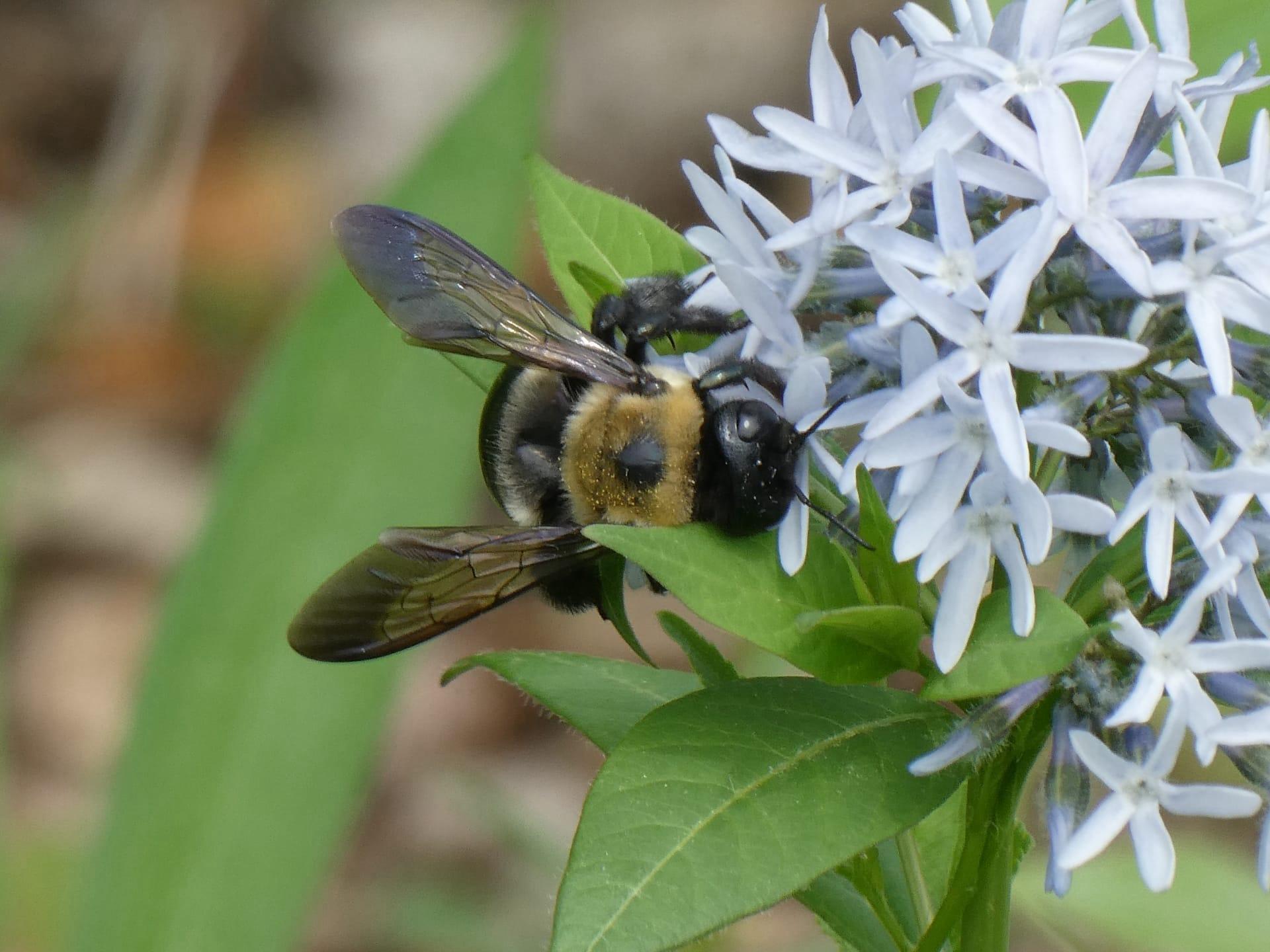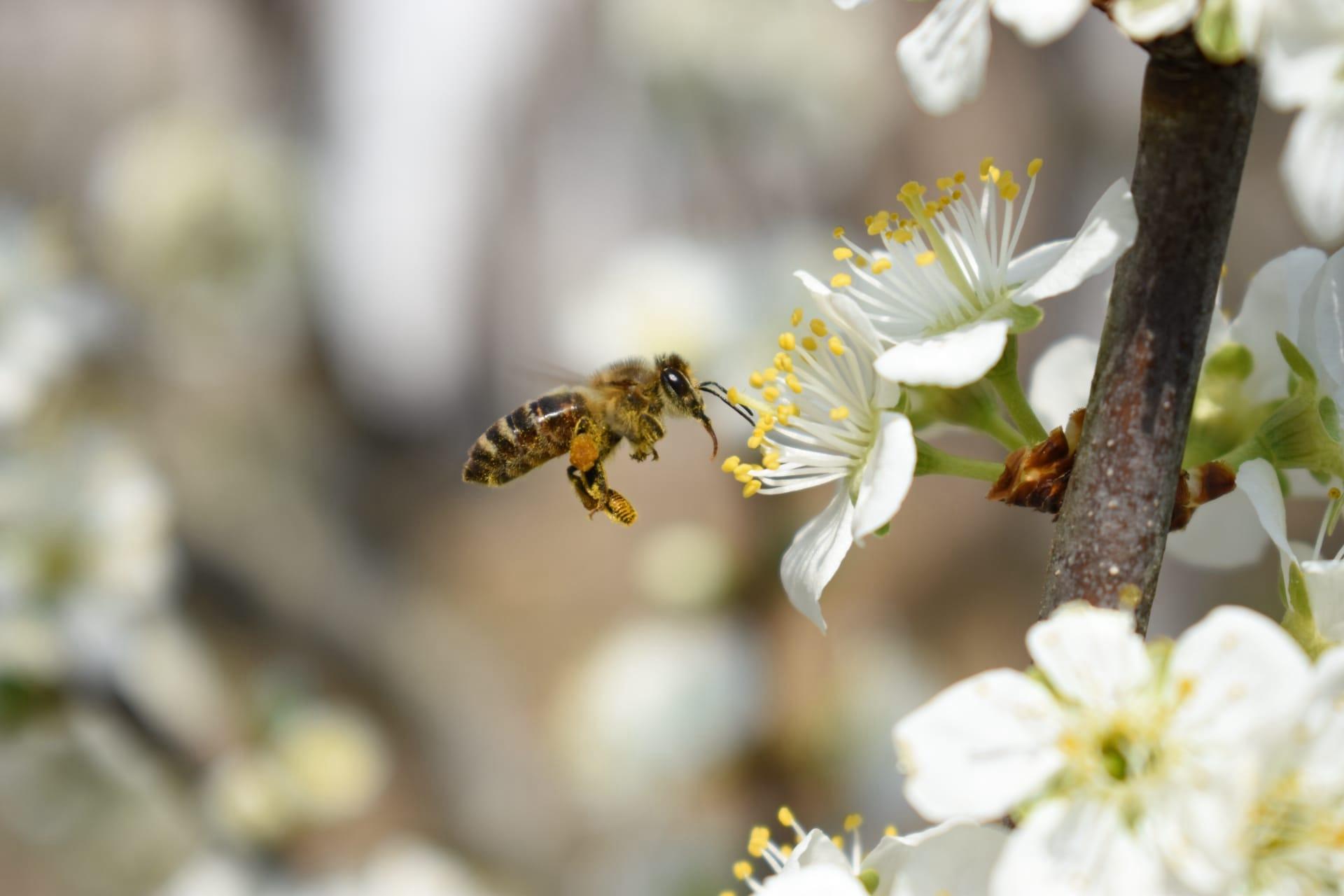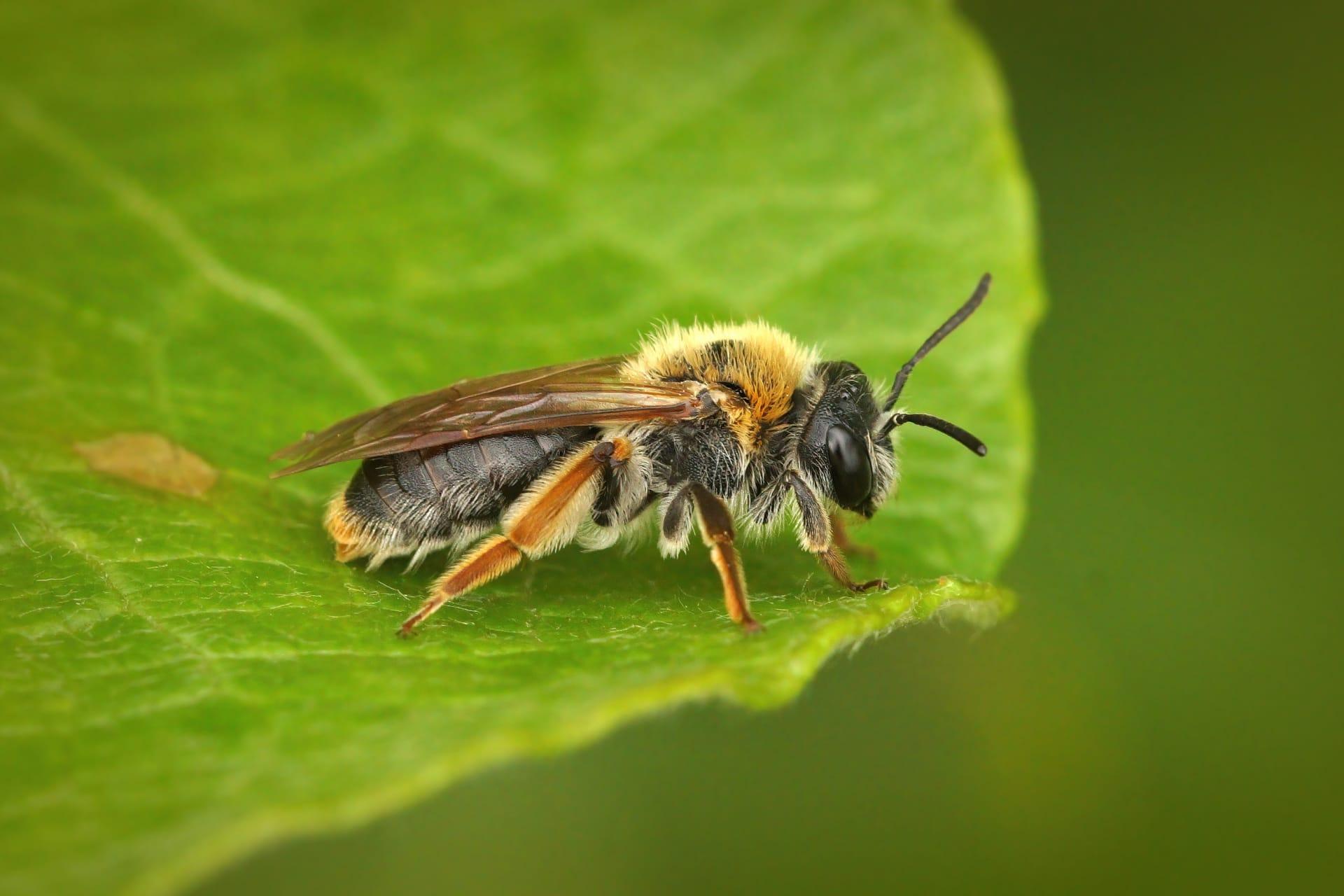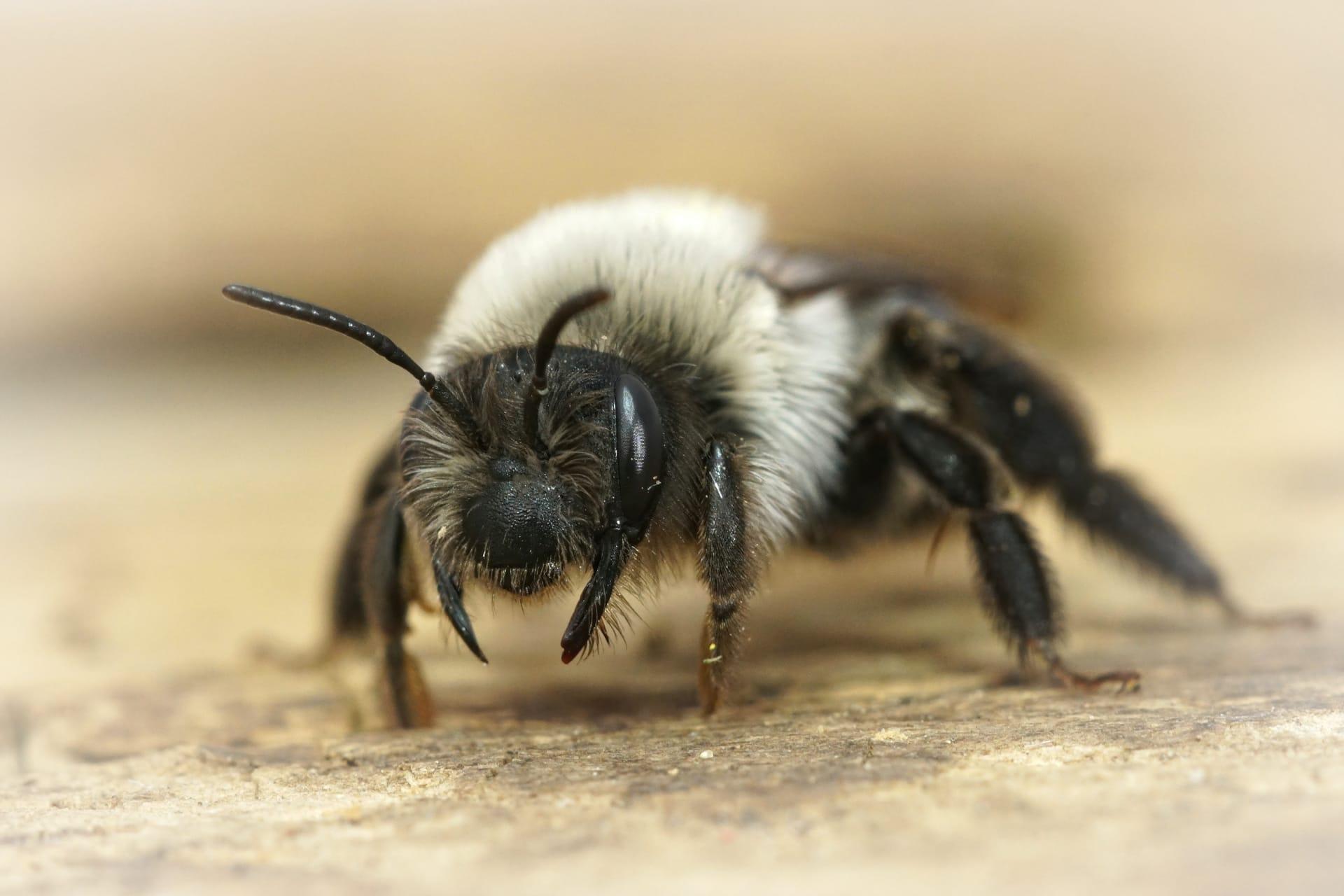Eastern Carpenter Bee Characteristics
- Home /
- Mini Encyclopedia /
- Animal /
- Eastern Carpenter Bee Characteristics
1
Eastern Carpenter Bees, scientifically known as Xylocopa virginica, are fascinating insects. With a body length of about 0.5 to 1 inch (1.3 to 2.5 cm), they are among the larger bee species. Their robust build is covered in a combination of black and yellow fur, with males having a white spot on their face. These bees can live up to several years, which is notably longer than most other bee species.
The most distinctive organ of the Eastern Carpenter Bee is its powerful mandibles. Unlike other bees, these mandibles enable them to bore into wood, creating nests. This behavior is rare among bees and is a key survival trait for the species. The mandibles are strong enough to penetrate various types of wood, allowing them to nest in diverse environments.

2
Question: Why do Eastern Carpenter Bees drill holes in wood?
Answer: Eastern Carpenter Bees bore into wood to create nests for raising their young. This behavior is often mistaken as a destructive tendency, but it's a crucial part of their life cycle. The female bee meticulously carves out tunnels in wood, which serve as a protective habitat for her eggs and, later, the larvae. Despite the damage to wooden structures, these bees play a vital role in pollination, making them an important species in many ecosystems.

3
Eastern Carpenter Bees exhibit unique motion characteristics. They are known for their powerful and agile flight, capable of hovering in place, which is an unusual trait for bees. This ability allows them to access nectar from a variety of flowers with precision. Their flight speed and agility also help in avoiding predators.
In terms of feeding, these bees primarily feed on nectar and pollen. They have a long proboscis, ideal for extracting nectar from deep within flowers. Their diet not only provides them with necessary nutrients but also assists in the pollination process, as they transfer pollen from one flower to another while foraging.

4
The natural habitat of the Eastern Carpenter Bee encompasses a variety of environments, mainly in the eastern United States. They thrive in woodlands, gardens, and meadows, anywhere they can find wooden structures or deadwood to nest in. These bees prefer weathered and unpainted wood, which is easier for them to bore into.
Reproduction-wise, Eastern Carpenter Bees have a unique system. In spring, the female bee lays her eggs in the wooden tunnels she's created. Each egg is placed in a separate cell with a supply of pollen and nectar for the larva to feed on. After the eggs hatch, the larvae remain in the nest, feeding and growing until they are ready to emerge as adult bees and continue the cycle.

5
Book: "The Life of the Carpenter Bee" by Dr. Jane Woodworker (USA, 2015). This book offers an in-depth look into the life cycle, behavior, and ecological significance of the Eastern Carpenter Bee. Woodworker's narrative combines scientific facts with engaging storytelling, making it accessible to both enthusiasts and experts.
Book: "Bees of Wood and Wing" by Prof. Timothy Buzz (UK, 2018). Focusing on carpenter bees globally, this book provides a comparative study of their behavior and habitat. Prof. Buzz delves into the environmental impact of these bees, including their interaction with human-made structures and their role in ecosystems.